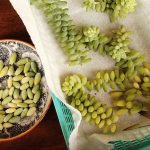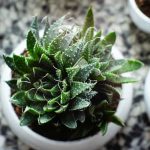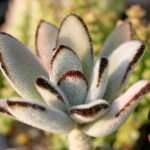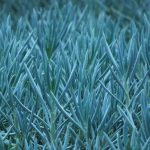Discover which succulents are safe for your pets and get expert advice on what plants to steer clear of.
If you’re concerned about the well-being of your furry companions around indoor plants, opting for pet-friendly succulents can be a smart choice.
Most succulent varieties are harmless to cats and dogs, offering not just safety but also easy maintenance. While a few toxic species exist, they can typically be avoided with proper placement, reducing any risks to your pets.
To prevent any accidental mishaps, it’s advisable to keep plants out of reach of pets, ensuring a worry-free environment and eliminating any concerns about sudden vet visits.
Pet-Safe Succulents
Many popular succulent types are known for being pet-friendly. While aesthetics may drive you to protect them from nibbling, the good news is that they pose no significant threat to your beloved animals.
Echeveria

Echeverias, with their striking colors and compact rosettes, are mainstays of succulent collections. Although they prefer warmth and light, they are safe for pets and make great indoor additions.
Hens and chicks, also known as Sempervivums, share similarities with echeverias but have more densely packed leaves. They are safe for indoor environments and thrive under direct sunlight.
Haworthiopsis

An intriguing addition to any succulent collection, Lithops are often referred to as living stones due to their remarkable resemblance to pebbles or rocks. Their colorful markings and central fissures add an element of mystery to these captivating plants, making them a standout choice for indoor decor. Lithops are a safe option for pet owners, offering both aesthetic appeal and peace of mind when it comes to furry friends.
Haworthiopsis

Zebra plants, scientifically classified as Haworthiopsis fasciata, are prized for their unique appearance and ease of care. These charming succulents feature dark green leaves embellished with white stripes, reminiscent of a zebra’s markings. Their rosette shape and compact size make them a popular choice for indoor cultivation, thriving in low-light conditions and adding a touch of botanical beauty to any space.
When it comes to pet safety, zebra plants pose minimal risk to animals, with their non-toxic nature ensuring peace of mind for pet owners. Their striking resemblance to aloes makes them an excellent alternative for those seeking a pet-friendly substitute for toxic plants, offering a similar aesthetic without compromising on safety.

Lithops, also known as living stones, have plump rounded leaves that mostly stay hidden underground, making them one of the most low-maintenance succulents available. They thrive in harsh conditions and require minimal care to flourish.
These plants, non-toxic for cats and dogs, are so inconspicuous that your pets are unlikely to even notice them.
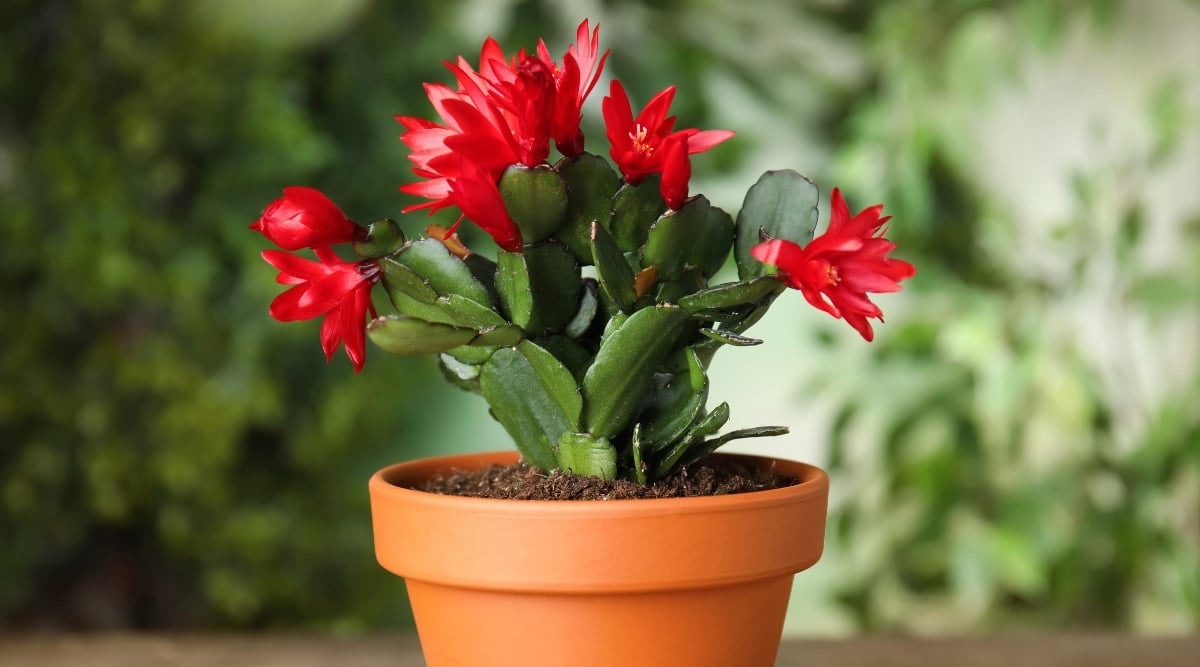
A Christmas cactus, a beloved holiday plant, flaunts its bright red blooms during early winter, bringing a festive cheer to homes. These succulents double as gorgeous houseplants even when not flowering, with their lush leaves draping elegantly from their containers.
Both the leaves and blooms of the Christmas cactus are pet-friendly, ensuring worry-free decoration during the holiday season.
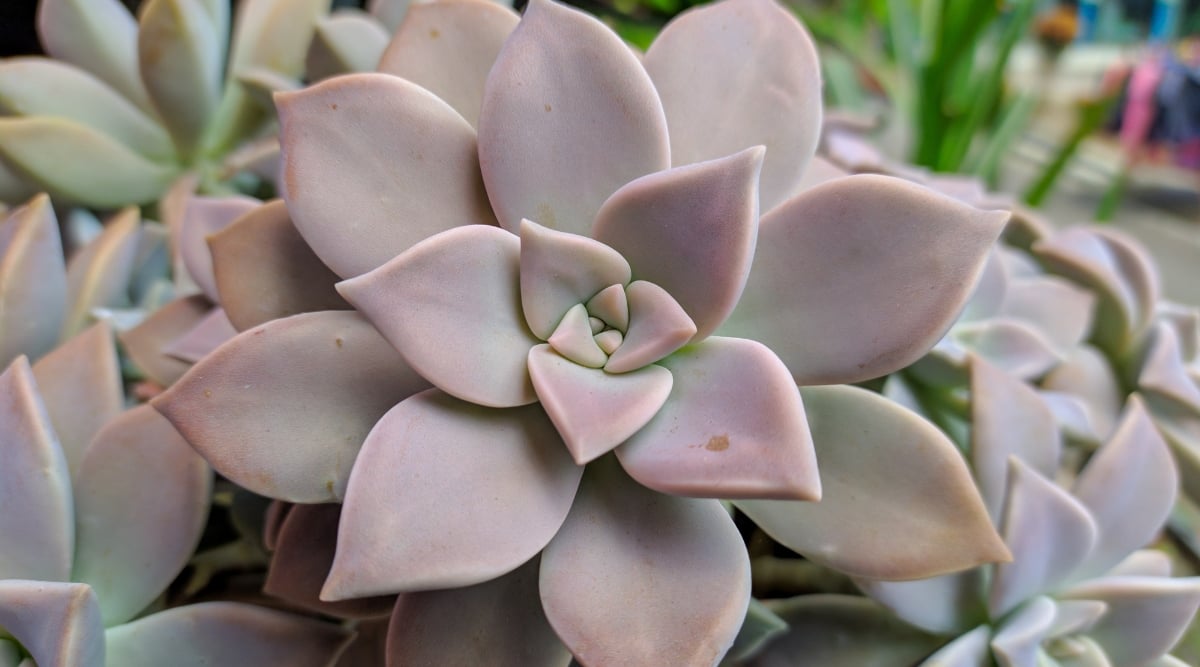
Graptopetalums, also referred to as ghost plants, exhibit an otherworldly charm with their rosette arrangement and powdery shimmer. These succulents complement Echeveria and Sempervivum well in container displays.
All species of graptopetalum are safe to keep around pets at home, but be sure to place them in bright areas to prevent legginess and potential accidents.
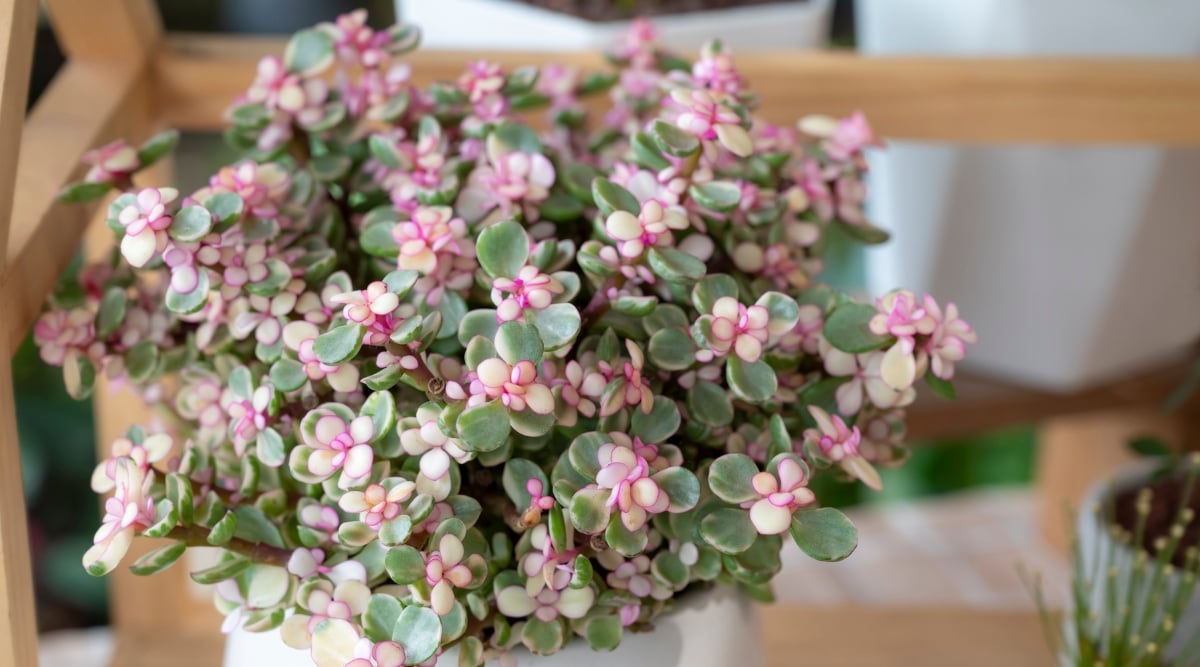

When it comes to plant choices, the Portulacaria, also known as the elephant bush, stands out as a non-toxic option for both pets and humans. These shrubby succulents thrive in lower light conditions, showcasing abundant branches adorned with charming leaves.
Uniquely safe for pets and humans, the Portulacaria plant in my garden serves dual purposes. Not only does it add greenery to my surroundings, but I also enjoy incorporating its leaves into my salads and smoothies to tap into its nutritional value.
Gasteria
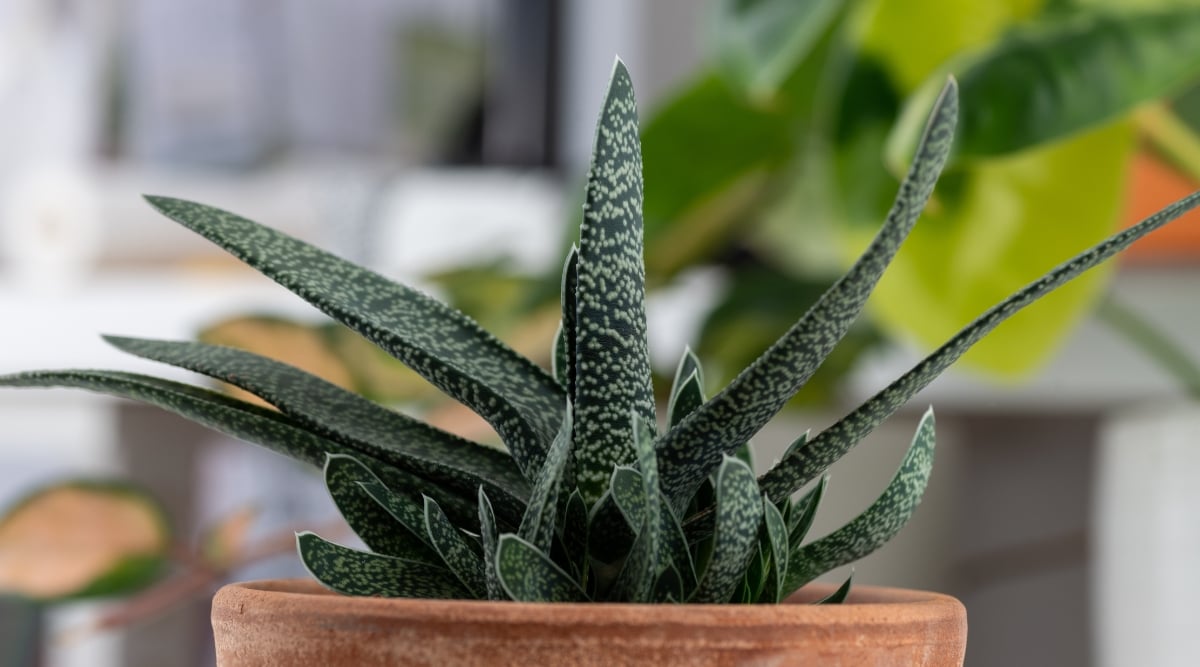
For succulent enthusiasts seeking out distinctive options, Gasteria plants offer a less common choice. These species, featuring intriguing paddle-shaped leaves like the Gasteria glomerata, commonly known as ox tongue, cater to collectors looking for something special.
Gasteria plants are safe for pets, but beware of potential nibbling habits. If you possess a rare Gasteria species, make sure it’s out of reach to prevent any accidental ingestion by your pets.
Toxic Plants To Avoid
While many succulents are pet-friendly, some are best avoided due to potential toxicity.
Aloe
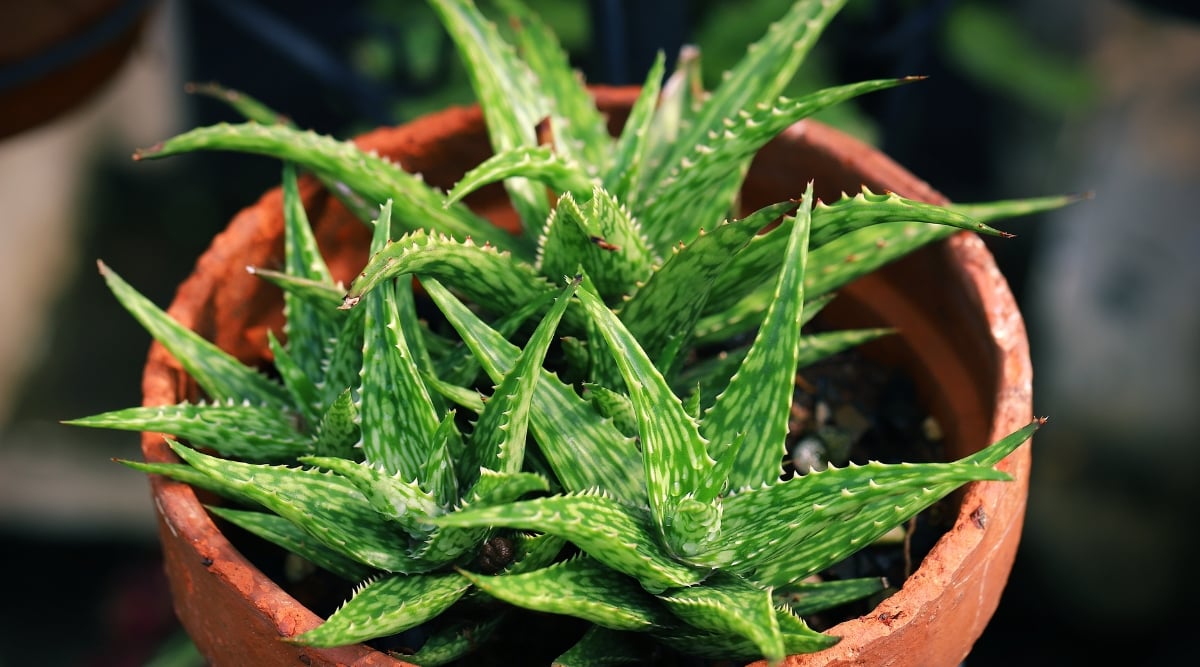
Recognized for its medicinal properties and cosmetic uses, the Aloe vera plant is a common household choice. Nonetheless, beyond its spiky leaves, pet owners need to be aware of the risks associated with having this plant in their vicinity.
Aloe vera is considered toxic to pets, as it contains anthraquinone glycosides that could lead to various symptoms like vomiting, diarrhea, or more severe effects. Though toxicity levels may vary, it’s recommended to err on the side of caution and prevent pets from accessing these plants.
Kalanchoe
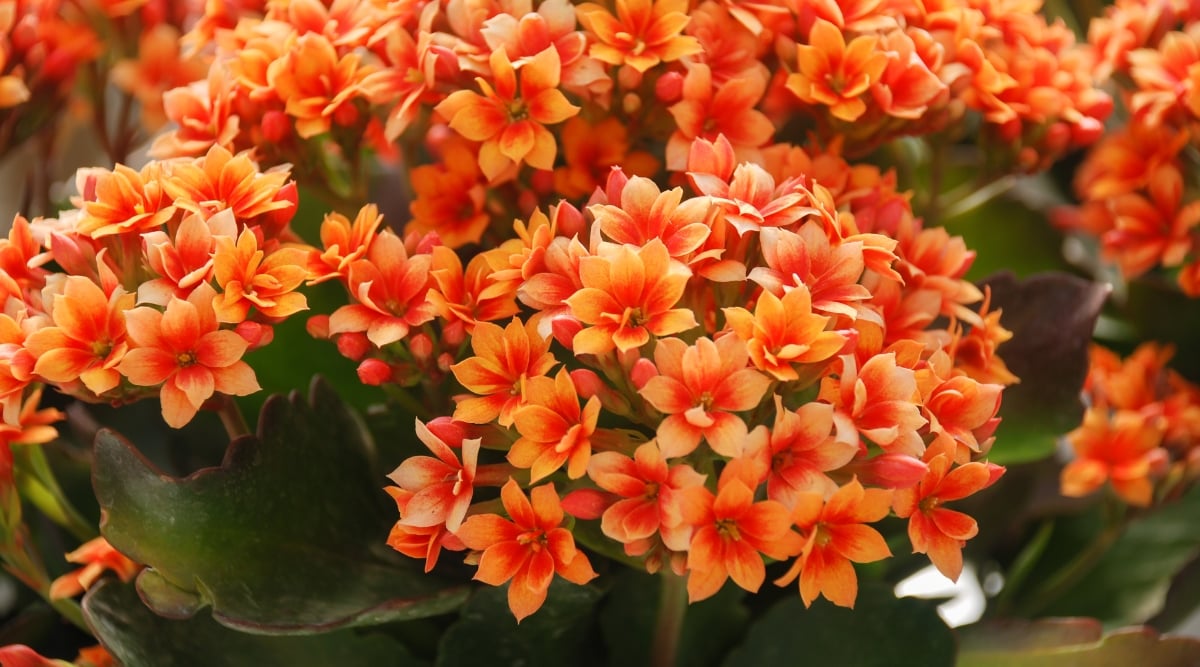

Kalanchoe plants are admired for their ability to thrive in low light and bloom abundantly indoors. Their vivid red, orange, pink, and yellow flowers bring a colorful touch to any indoor space throughout the year when provided with suitable conditions.
Kalanchoe blossfeldiana and other common species of this plant are not safe for pets, as they can cause gastrointestinal distress when consumed. While large quantities can be more harmful, severe symptoms are not commonly reported.
Senecio
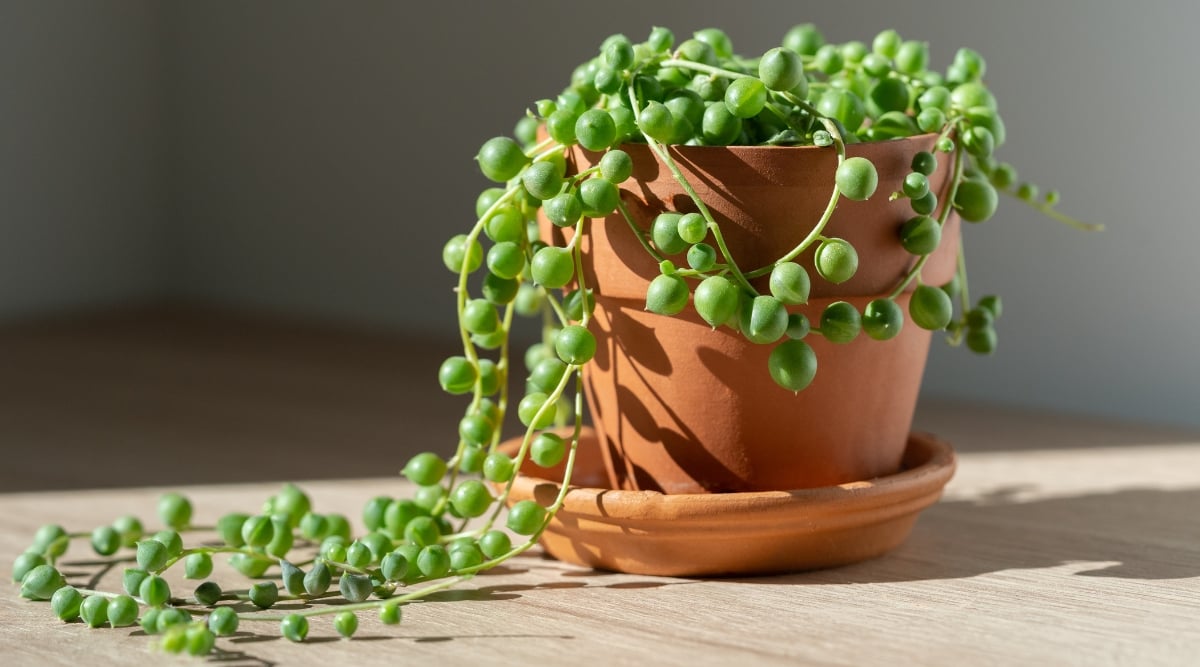

Plants belonging to the Senecio genus are popularly known as string succulents, with charming names like string of bananas and string of dolphins. Despite their attractiveness, it’s crucial to keep these trailing plants away from pets to prevent any mishaps.
Ingesting Senecio species can result in stomach upset and lethargy in cats and dogs. To ensure the safety of your pets, it’s advisable to hang these string succulents in baskets out of their reach and trim the vines when they grow too long.
Crassula
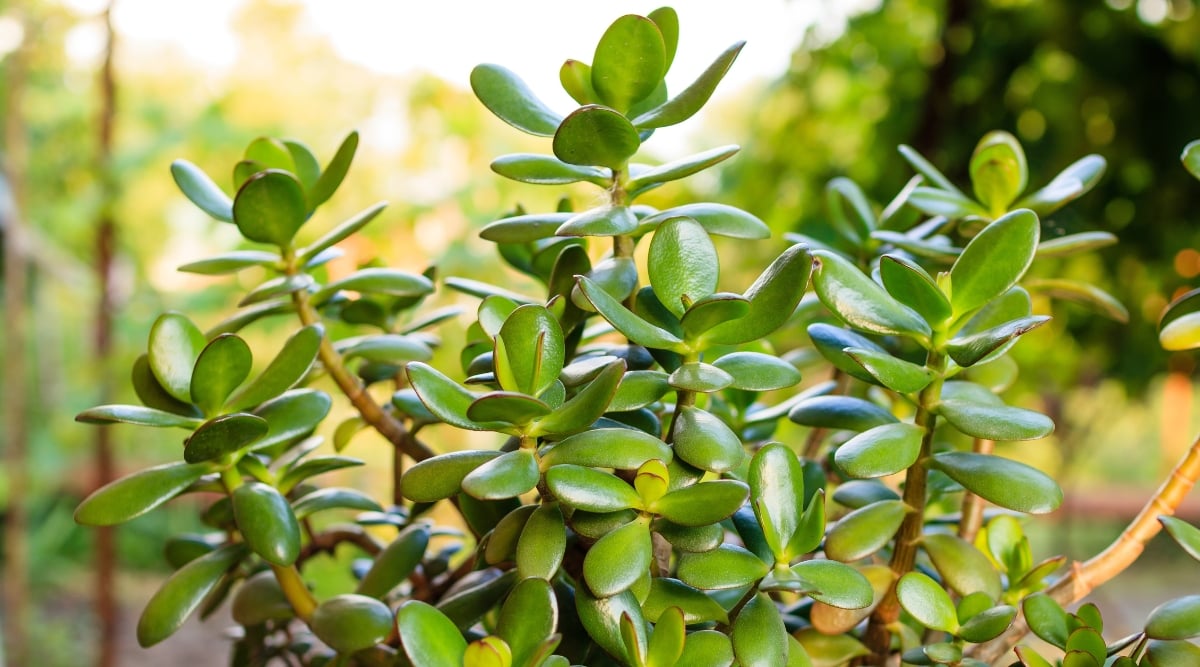

The Crassula genus encompasses numerous species, but Crassula ovata, also known as the jade plant, stands out as a favorite among indoor gardeners. This succulent is robust and forgiving of various environmental conditions, making it perfect for those new to plant care.
Despite its popularity, it is essential to keep jade plants away from pets, particularly dogs, as ingestion can lead to digestive issues and lethargy.
Agave

Displayed in beds, agave plants are known for their larger size compared to other succulents typically kept in containers. If you decide to grow a smaller agave indoors, remember to place it out of your pets’ reach to avoid potential irritation caused by calcium oxalate crystals present in the plant.
One popular houseplant is the Sansevieria, part of the Dracaena genus. Commonly called snake plants or mother-in-law’s tongue due to their pointed leaves, these plants contain saponins that can induce mild to moderate symptoms if ingested by pets. Symptoms may include nausea, vomiting, and diarrhea, so always ensure to keep them away from your animals or switch to pet-friendly alternatives.
Euphorbia

Although Euphorbia is not commonly grown indoors, some species like Euphorbia trigona and Euphorbia milii are exceptions. With toxic sap and irritating spikes, these plants should be kept away from pets to prevent any harmful interactions or irritations.
Final Thoughts
If you’re seeking pet-safe plant options, look no further than succulents. While there are many delightful species to choose from, make sure to steer clear of the few toxic varieties to maintain a safe environment for your pets.

